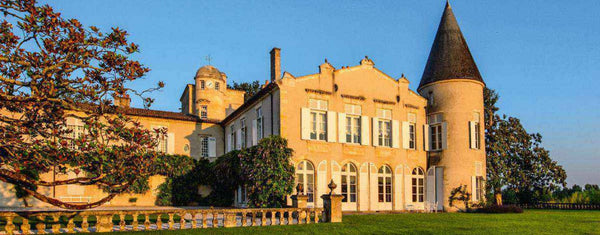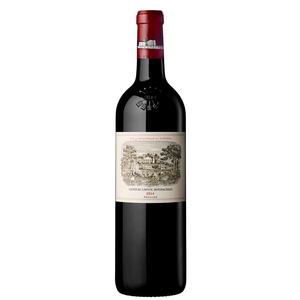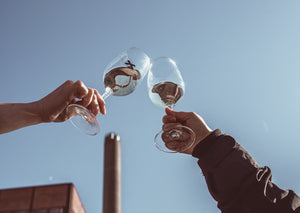
Château Lafite Rothschild
It is difficult to decide where to begin when starting to tell the story of Lafite Rothschild. It is likely that there were vineyards in the area of the current Château already in the 1670s and 1680s, when the Ségur family took over the estate. The name 'Lafite' is already known from the books of the monasteries of the 14th century. In any case, the farm's history is long, but its reputation is even stronger.
In the 18th century, Lafite's name began to be known in London, as the estate's wines were sold at public auctions in the City area. The name "claret" for Bordeaux wines also dates from this period. Starting in 1716, Marquis Nicolas Alexandre de Ségur, who was in charge of the estate, began to develop the techniques used in the estate's winemaking, and in addition to the export market, the wine also found its way to the court of Versailles. The marquis' nickname soon became the wine prince and Lafite began to be known as the king's wine. After the death of the Marquis, the estate was divided among his four daughters, but due to financial difficulties and the French Revolution, the estate known as Lafite was sold outside the Ségur family in 1797. The ownership of the estate passed from Dutch merchants to the English. At the 1855 World Exhibition in Paris, Lafite was declared one of Bordeaux's leading wineries. Finally, on August 8, 1868, Baron James de Rothschild bought Château Lafite and since then the estate has belonged to the Rothschild family.
Today, the 112-hectare farm of Lafite-Rothschild is managed for the first time by a woman, Saskia de Rothschild. 4,5 hectares grow in the area of the neighboring village, Saint-Estèphe, instead of Pauillac, and the orchard area is still counted as the property of the farm, as they were part of the whole before the classification of 1855 and the establishment of the region of origin. 70% of the vines in the orchards are Cabernet Sauvignon, 25% Merlot, 3% Cabernet Franc and 2% Petit Verdot. Various experiments are also being done with white varieties, but the estate will never publish white wine under its own name. The farm follows biodynamic farming methods on an area of 25 hectares. The barrels used in the cellars are also produced by five own barrel manufacturers from the forests of Allier and Nivernais.
Each parcel is vinified separately and malolactic fermentation also takes place before the wines are placed in oak barrels to mature. After mixing, the farm's number one wine matures in barrels for 18-20 months. Before bottling, the wines are clarified gently with egg white in the traditional way.
The farm's annual production is around 400,000 bottles.
https://www.lafite.com/en/chateau-lafite-rothschild/


